The snowflake photographer: Holly Greene
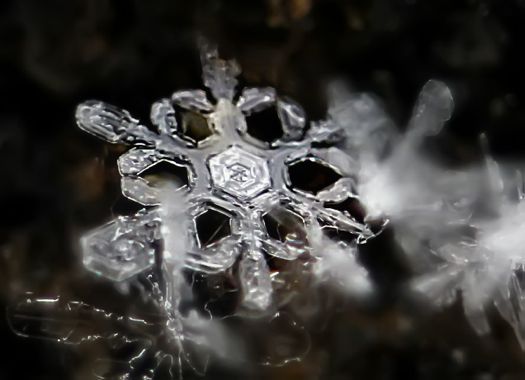
"We always look for big, giant, flashy things to make us happy, and sometimes it's the small things -- the tiniest beauty."
Holly Greene was having a rough day.
She had been out grocery shopping and was lugging her packages home, trudging back and forth from the car to the house. In the snow. She was tired and frustrated. Then something happened that changed not only her day, but her art, and, a little bit, her world view.
Holly caught a glimpse of a snowflake that had landed on her jacket. A tiny, perfect snowflake.
"It was just so perfectly formed," she says, "that it stopped me in my tracks."
The Saratoga Springs-based photographer grabbed her camera and focused in on it the best she could. The result was the first of many photos for the artist and wedding photographer who now bills herself as The Snowflake Photographer.
Holly tore herself away from last week's November snowstorm to talk about the art, science, and philosophy of the snowflake.
There are large-format photos above -- click or scroll all the way up.
 What was it about that first snowflake picture that got you so interested in snowflake photography?
What was it about that first snowflake picture that got you so interested in snowflake photography?
I looked down and was like, "Wow!" I never really stopped to look at a snowflake on my coat and how beautiful it was. It was just so perfectly formed, and it made me think, we do all this stuff every day and we don't take a moment to see how beautiful and delicate and almost planned things are.
It just makes you look at life differently. The detail is amazing. It makes you think that something created that -- whether you believe it's science or a god -- something somewhere is creating that small little star. And it's just the perfection of it. Nature has its own plan -- its own detail of how it wants to make things up. It makes you think that there are no mistakes.
One of the things I've come to believe is that the biggest beauty comes from the tiniest snowflake. We always look for big, giant, flashy things to make us happy, and sometimes it's the small things -- the tiniest beauty.
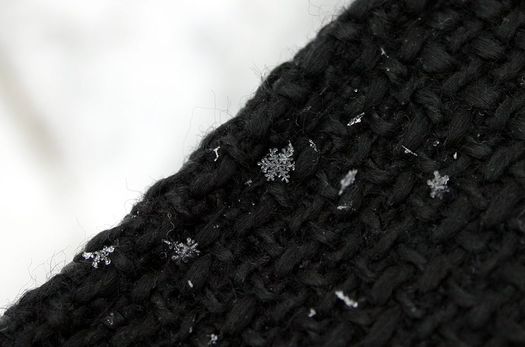
What does it take to catch a good snowflake photo?
Well it really depends on the temperature and moisture in the air. From the 20s to 40s -- that seems to be the best temperature for the fluffy formations, for them to be noticeable and not just be clumps. They produce fake snow at ski resorts and that snow is absolutely nothing (laughs) that' s not even little snow balls. It's just wet clumps. Fake snow is no good [for photos].
You definitely have to have some kind of macro tools for a DSLR camera -- a macro lens or extension tubes. What might surprise most people is that it's all manual focus for me. A lot of people have trouble with it being too dark and for that I suggest a ring light for the end of the lens.
And lots and lots and lots of patience.
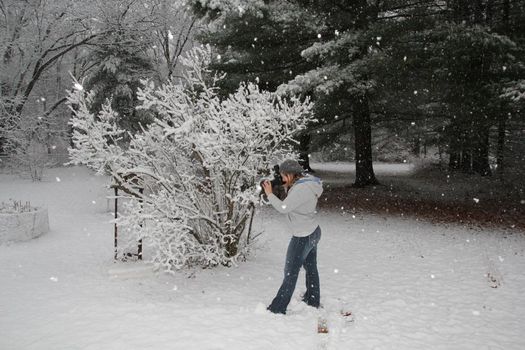
Oh, and you have to take warm up breaks (laughs). Don't go outside with freezing hands to start because you'll be crying when you get out there. On really cold days I tend to only be out 10 or 15 minutes. Sometimes I'll do half hour or 45 minutes. I take one or two shots per snowflake. Sometimes I focus on one and I'm surprised because I end up getting one on the side that is better.
What are some of your favorite snowflake shots?
My favorite ones are of snowflakes that are the rarest ones to see -- 12-branched snowflake dendrites. They have 12 arms or branches. What happens is, in mid air at some point a snowflake gets connected to another snowflake, perfectly aligned about 30 degrees from each other. So it takes two 6-branched snowflakes and they combine perfectly into 12 branches. It's just so rare to see it because they have to have a certain temperature difference to make them connect mid air.
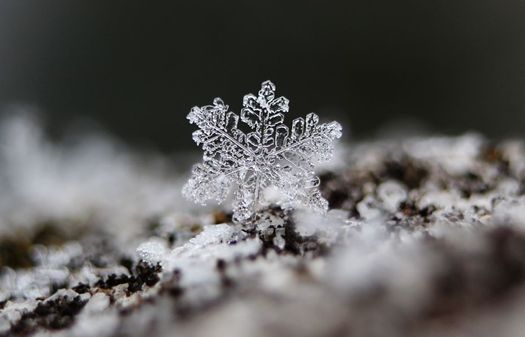
I was so excited when I got one. I was in Queensbury.
They say when they do fall a lot fall at once -- but they are extremely rare to see. I saw so many -- I got all my equipment and it was hard because they started melting. I went to different leaves and the stone around the leaves and eventually I got two of them and I was just mesmerized.
It sounds like you've done your homework on snowflakes. Did you research them a lot?
I did a bunch of research. What amazes me the most is they start from dust. All you need is dust and it forms midair and it is just so beautiful. I wanted to learn all the different names so I could recognize them, and know why they form at different temperatures.
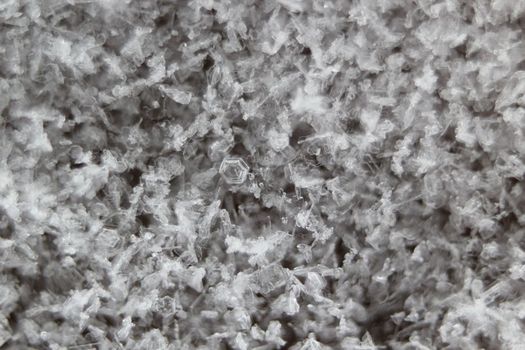
I also found out that there was a person called The Snowflake Man, Wilson "Snowflake" Bentley from Vermont in the 1920s who captured them through a microscope. I can't believe the year.

I like to take them as they are in nature. It's a common thing now to see them under a microscope but not many people get them on a leaf or in their natural setting. And I really want to show the beauty. Everyone else looks outside and they see snow ... and not everyone likes snow. What I intend to capture in my photos is that if you look out the window there really is detailed beauty beneath the frustration of snow.
I really haven't found one person that doesn't like them ... though everybody seems to hate snow.
Has taking these photos changed how you look at snow?
Yes. It's changed everything completely for me. I'm excited about snow now. Before I was an average person that liked it during the holidays, but that was it. I'm not a skier, I don't do winter sports.
It changed snow for me, but it's almost stressful (laughs) -- I could get that one -- ooh, now I could get this one... wait. I probably look insane when the neighbors look at me. I even take them at night. In fact, nighttime might be the best because it makes the background darker and I can get the silhouette of the snowflake, so when it gets dark it's actually really fun.
Every single snowflake is different from each other, so that makes it really fun. It never gets old. Some things you photograph and you go, "OK, yep already did that." But this is always new and that's what keeps me going.
Hi there. Comments have been closed for this item. Still have something to say? Contact us.
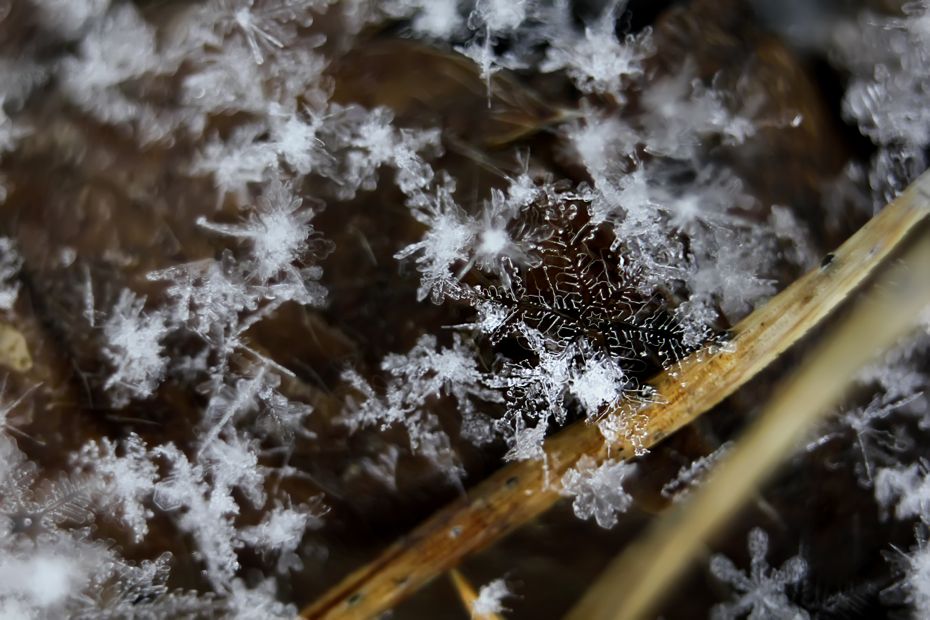
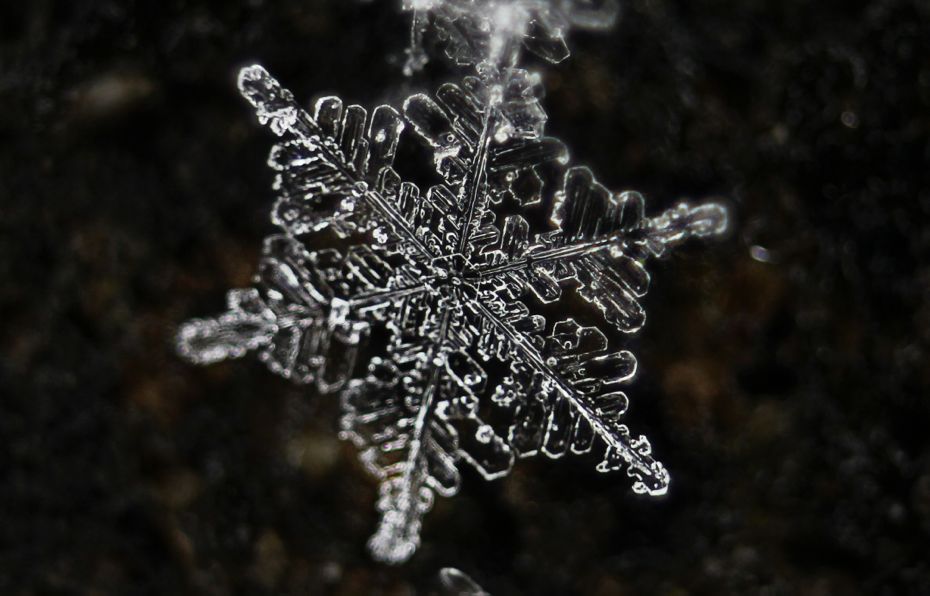
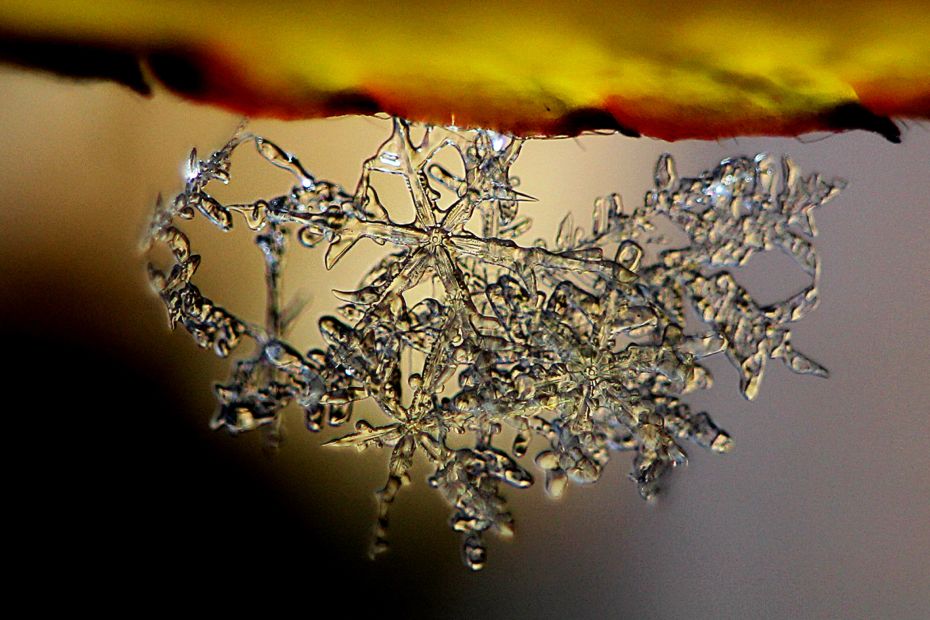



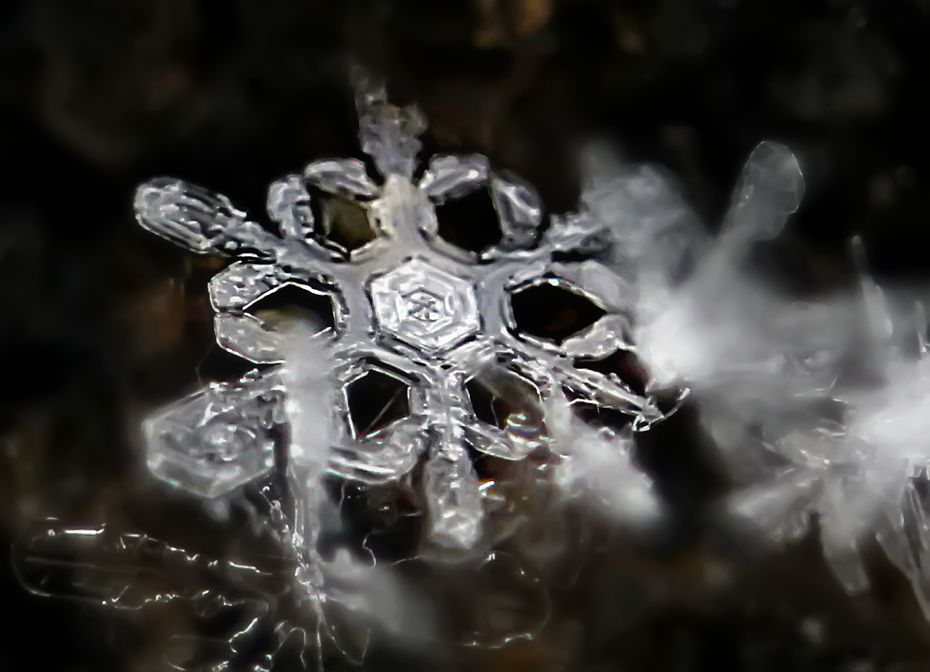

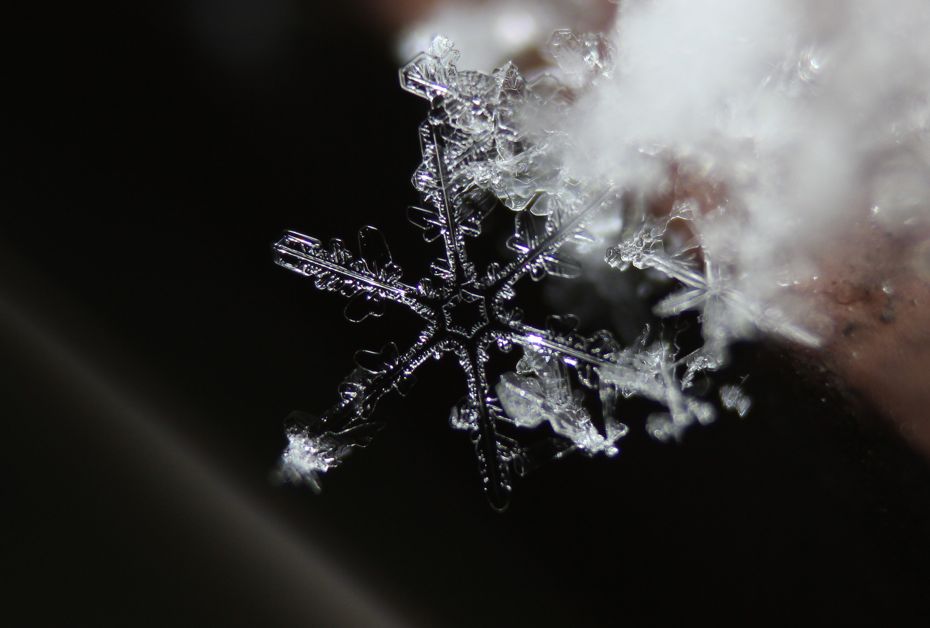
Comments
Nice.
... said ethan on Dec 4, 2014 at 11:14 AM | link
Sweet. And pretty technical to do. Flickr user Alexey Kljatov has some great stuff too, available for download and print (this one, or this one). He explains his technique in details here, and there is more about snowflake types here.
... said -S on Dec 4, 2014 at 11:40 AM | link
Is any of her stuff for sale?
... said Jack C on Dec 4, 2014 at 12:32 PM | link
Thank you so much! It is a wonderful article and I love it! To answer the commenters, yes, they are for sale if you are interested. Please contact me through snowflakes@outoftheordinary.biz
... said Holly Greene on Dec 4, 2014 at 11:44 PM | link
Holly, I remember when you came in with some of your first snowflake pictures. These are spectacular!!! What a wonderful article.
... said Kris on Dec 5, 2014 at 1:33 PM | link
A friend sent me the link to this article because she knew I would love it. And I do!! I lost my son in January and when he was born and when I was sent home from the hospital it was snowing the biggest snowflakes I've ever seen in my life. Since then I feel a connection with him through the snow. I collect snowflakes in memory of him. Your photos are wonderful! You're very lucky to have this gift.
... said Jaime on Dec 5, 2014 at 5:35 PM | link